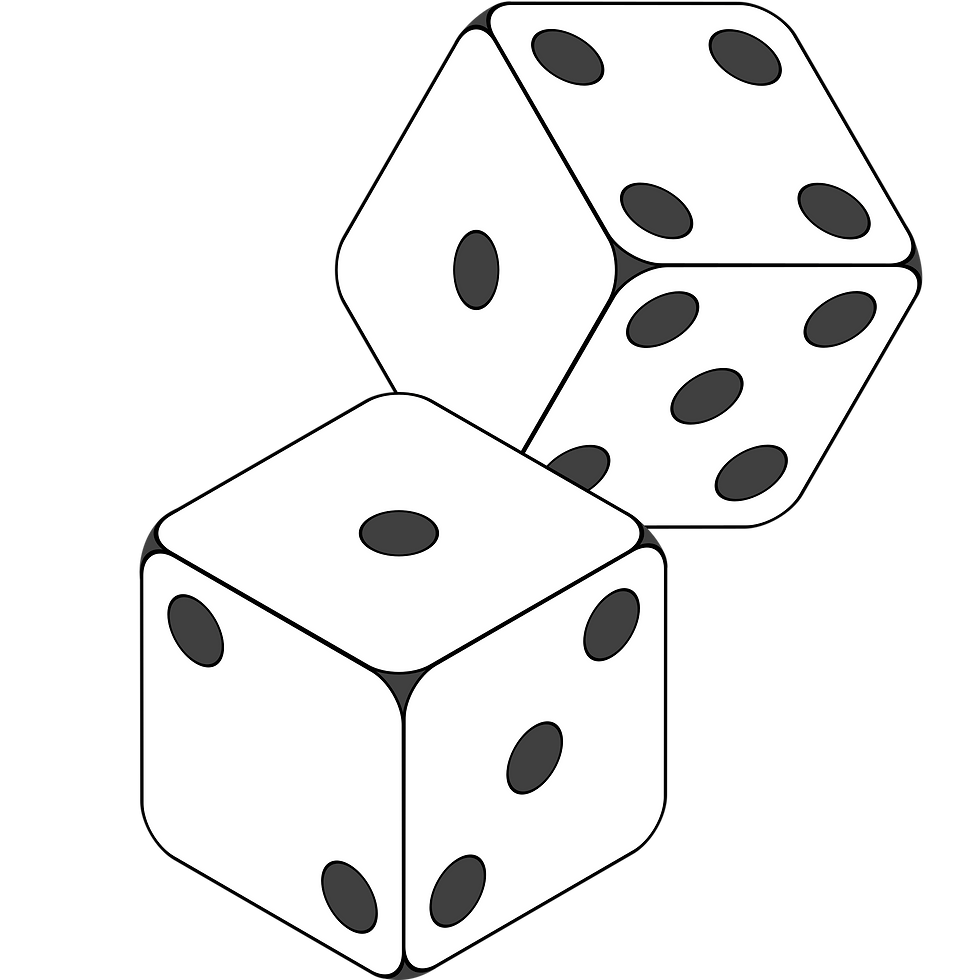Project 3: Emotion Cube
- qilin he
- Nov 10, 2023
- 2 min read
Updated: Nov 10, 2023
Project Statement
The Emotion Cube is an interactive object that exhibit emotions. I was inspired from the concept of a dice, which features different numbers on each side. From this inspiration, I decided to create similar shaped object capable of expressing different emotions on its various sides when human interaction involved.
Choosing a cube as object, I aim to implement some form of interactive component to active my object. I decided to use an ultrasonic sensor to detect user proximity, a servo motor to control the rotation of the cube's sides, and an electronic circuit and the microcontroller to programmed the cube's behaviors.
The project's core design is using a distance sensor to detect presence of an object/person, and with different range of distance detected, the program will activates a servo motor to rotate the cube to its different sides. With the sensing proximity exceeds 15cm, the motor turns the cube 180 degrees, revealing the cube side displays a smile. When the distance is between 15cm and 5cm, the motor turns the cube 90 degrees, another side of the cube shows a somber expression. Eventually, when the distance is less than 5cm, the motor turns the cube to 0 degree presenting the side display panic emotional face. Adding an playful element with it, the cube executes a wiggle motion to show its panic.
The Emotion Cube aim not only to practice the technical skills in electronics, programming, and fabrication but also to encourage to create a creative and artistic design that people can interact with. The box mimicking human expressions and maybe it does have its emotions!
Initial Sketches
Idea 1: Emotion Frame Design
This is my initial sketch for the project, featuring an emotion frame linked to servo motor by a stick and making a 180 degree rotations. The frame changes faces when the distance sensor is triggered.

Idea 2: Emotion Box
These two sketches show a concept overview and emotional transition. The sketches demonstrate how the emotional box is linked to the servo motor and its transition between emotions as the motor rotates the cube. It also notes the degrees of rotation needed to display each emotion, and making some notes for myself to understand the programming logic that will used to create the interactive sensing.


Inspiration: Dice
The idea for the emotion box comes from a dice, showing different numbers when we roll it. In an interesting way, the box shows different faces with feelings like happy/sad/panic when someone comes within different distances to it. It is like the box with its own feeling and it can change its face to show how it feels when you are near or far. Objects can have their feeling too!

Work In Progress
Working on the project, I separated my tasks into three different sections: fabrication, electronics, and integration. In the fabrication part, I utilized laser cutting technique to make 6 pieces of 3''x 3'' balsa wood for my emotions box. In addition, accumulating experience from project 2, I 3d printed a coupler for the motor-shaft.
I assembled an electronic circuit on a breaboard, integrating microcontroller and a distance sensor. Programming it to respond to distance range, it will drive the rotation of the motor and let the rotation of the emotion faces.
Integration!








Comments